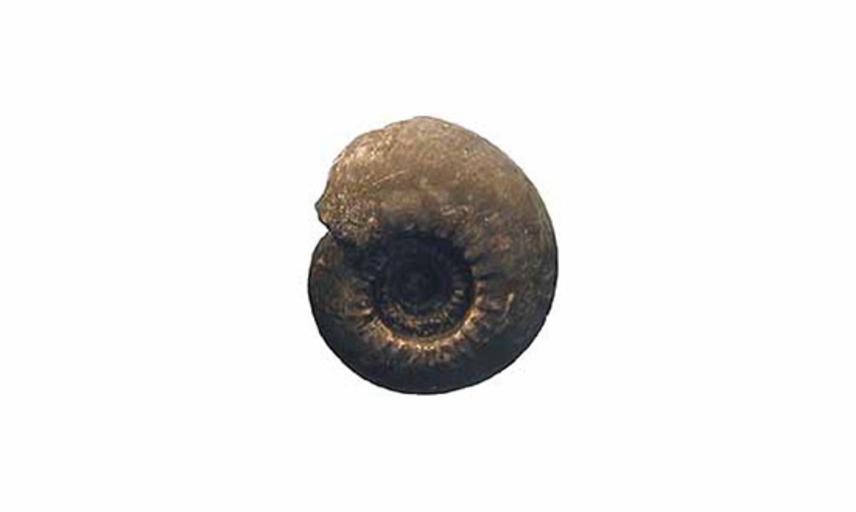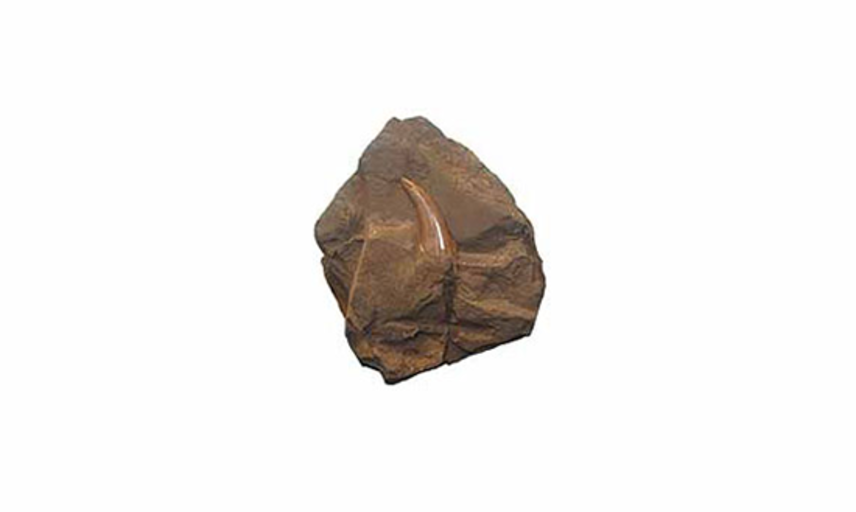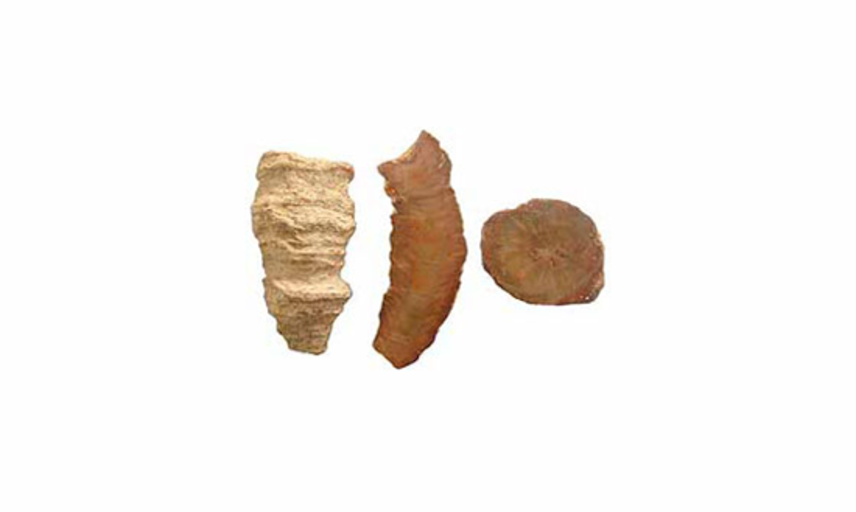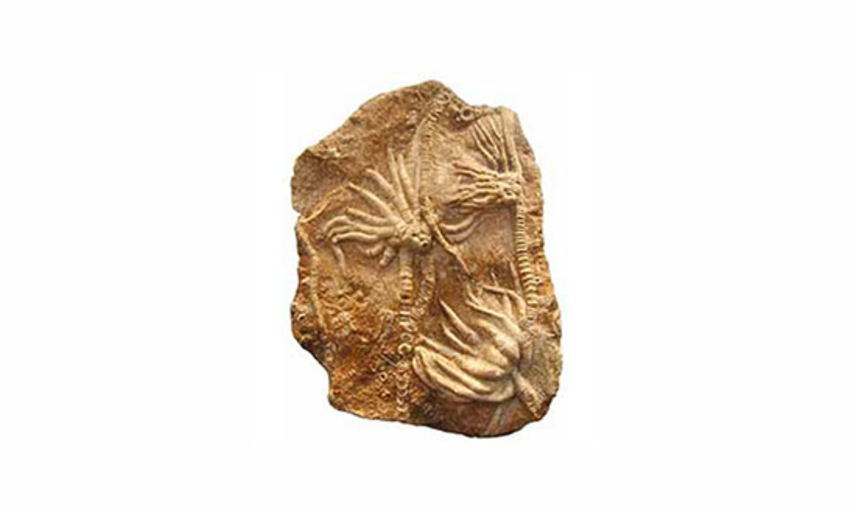The Carboniferous
When: 354 to 290 million years ago.
Animals: Corals, brachiopods and sea lilies are common in tropical seas. On land, insects and amphibians become common, and the first reptiles appear.
Plants: Large forests of mosses and ferns as big as trees grow on the land. Fossilised remains of these forests form coal.
Firsts: Reptiles appear for the first time in the Carboniferous.
Lasts: Most things lived through the Carboniferous into the Permian.
Notes: The climate was tropical with wet, swampy forests. Insects grew to large sizes - dragonfly-like creatures had wingspans of up to 30 cm.
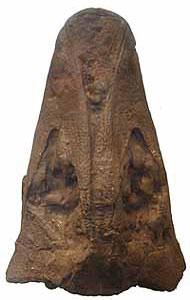
This is the skull of giant amphibian called Megalocephalus that probably looked a bit like a modern crocodile. It was found in Shropshire in rocks that formed towards the end of the Carboniferous period, between 320 and 290 million years ago.
During this period great swamps covered large parts of Europe and America. Hundreds of plants grew in these swamps - their remains fossilised to form the coal we use today to heat and light our homes. This is why coal is called a fossil fuel.
Do you know what these fossils are?
About this resource
Science topic: Fossils, Rocks, Evolution
Key Stage: KS2
Type: Information, Activity
Keywords: Carboniferous fossils, Carboniferous forests, first reptiles, Carboniferous amphibians


